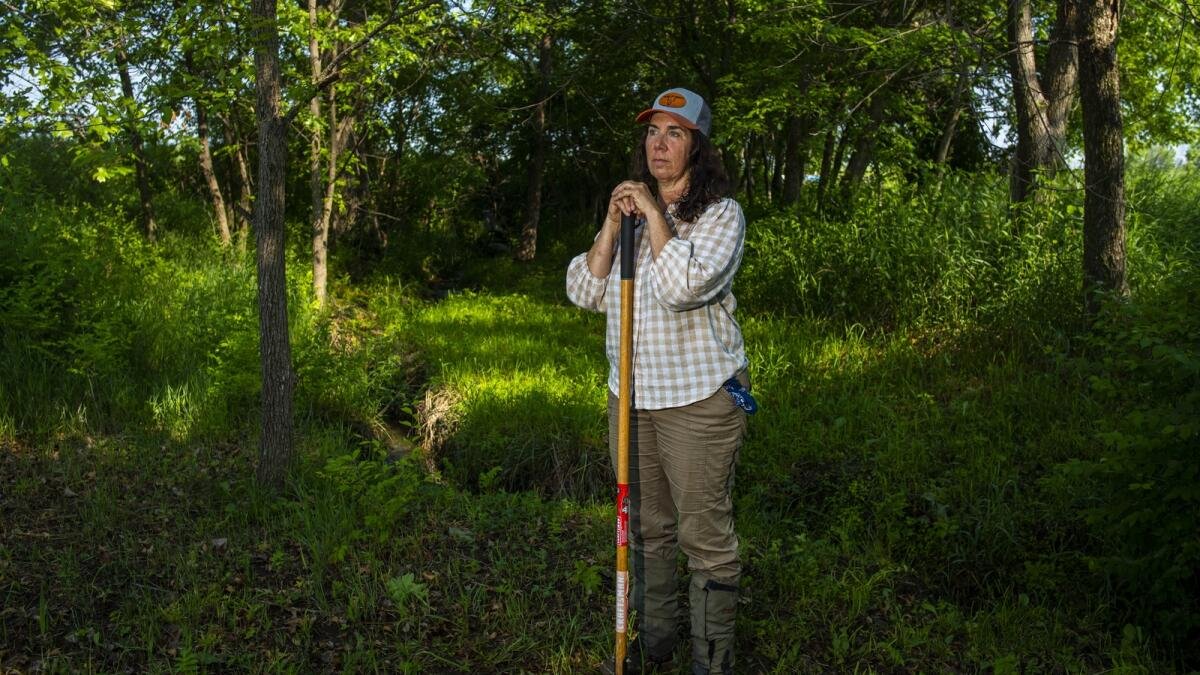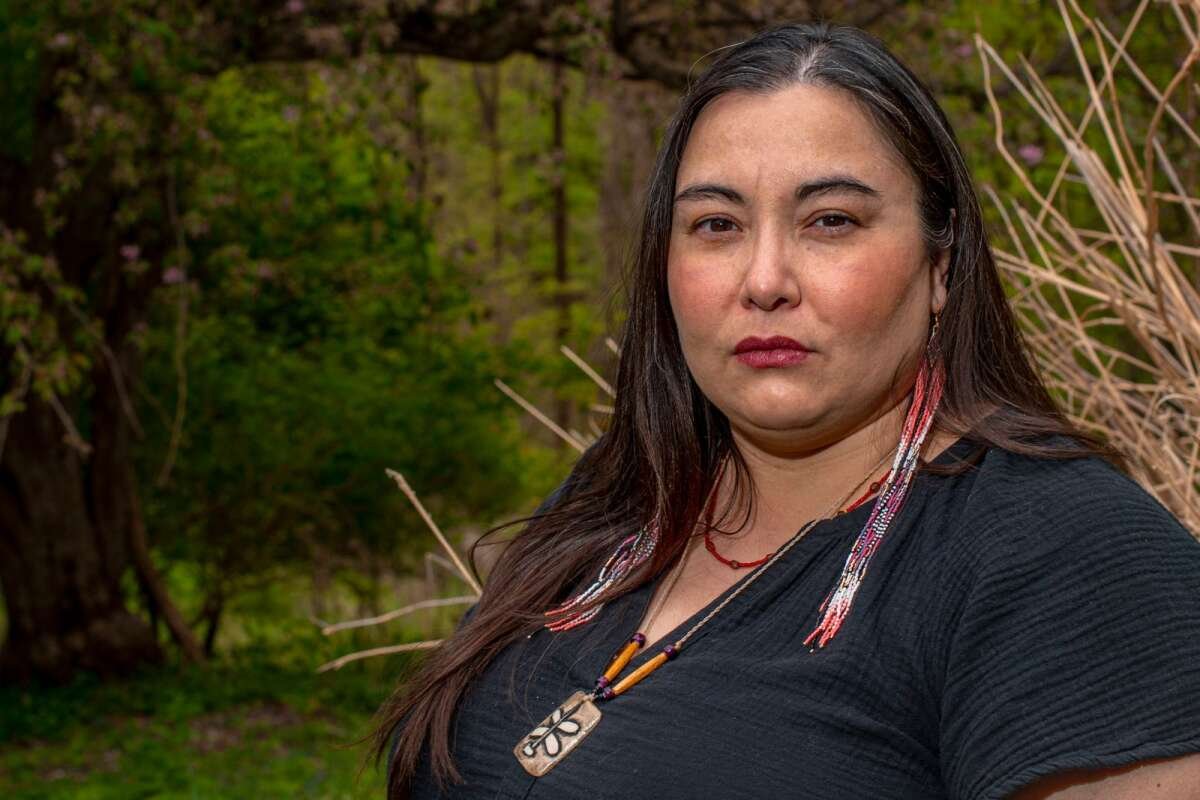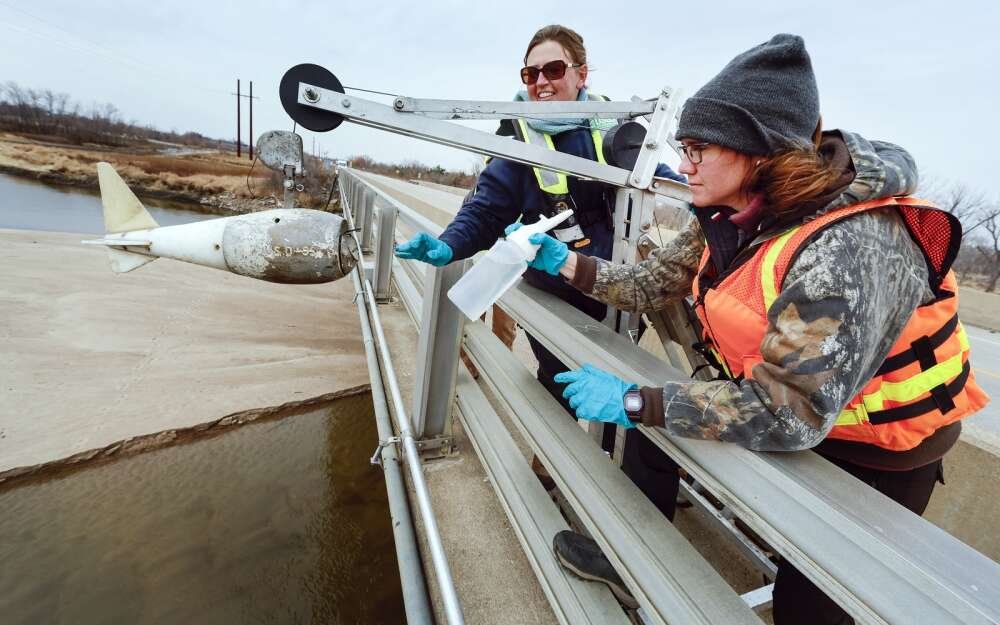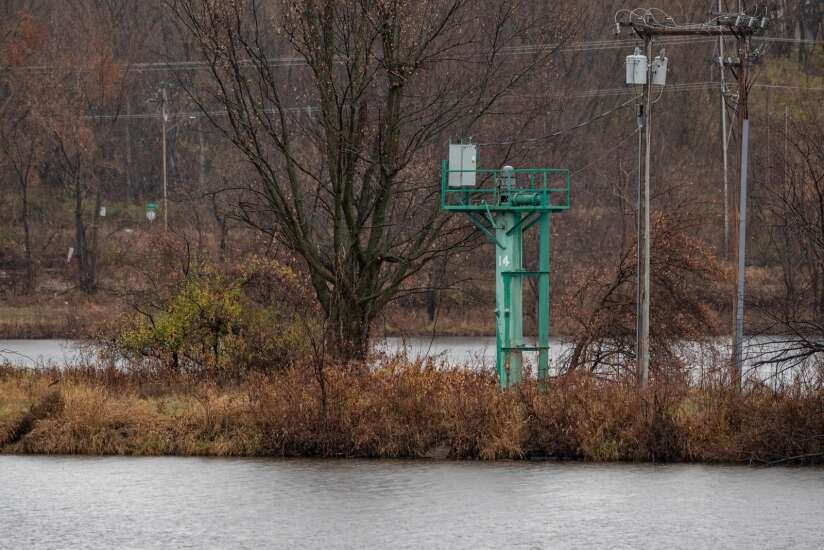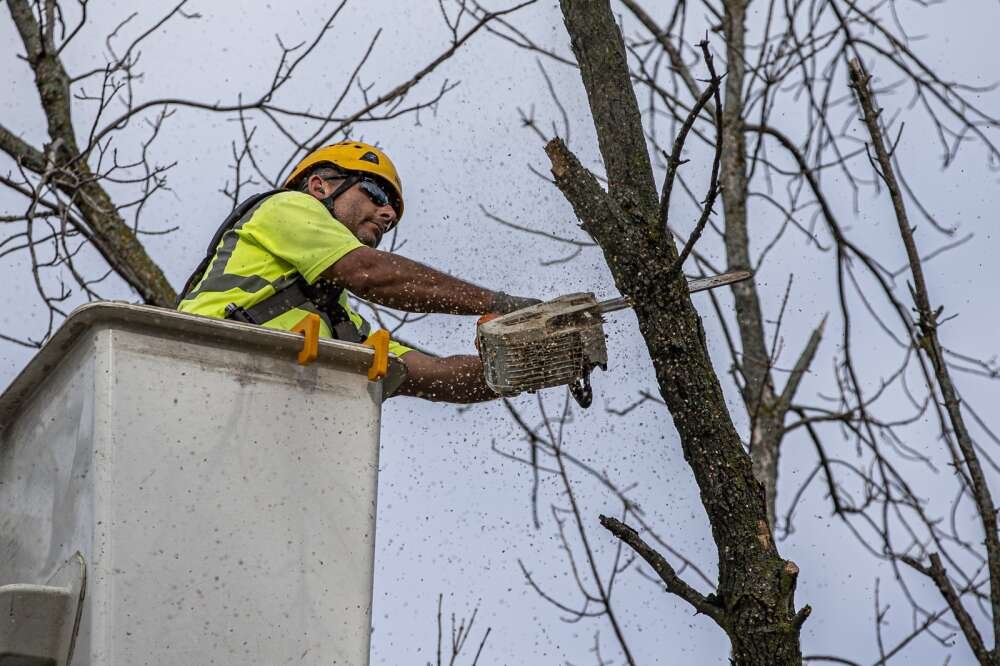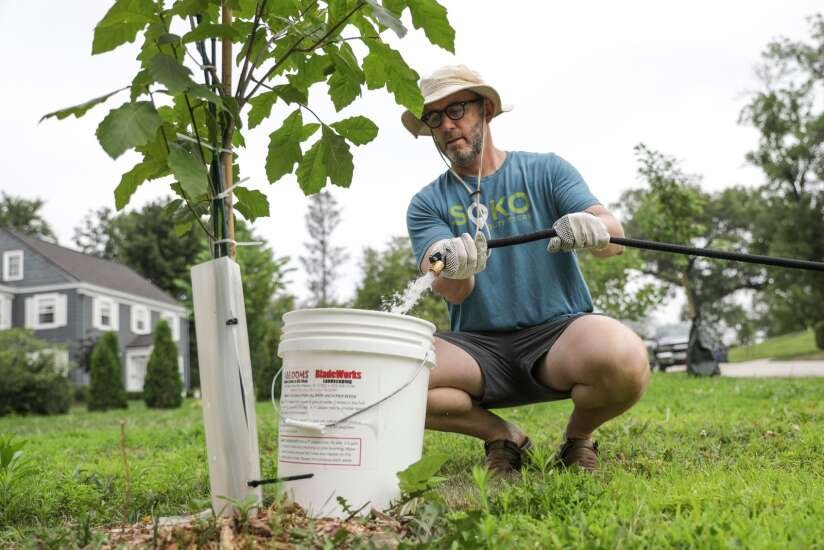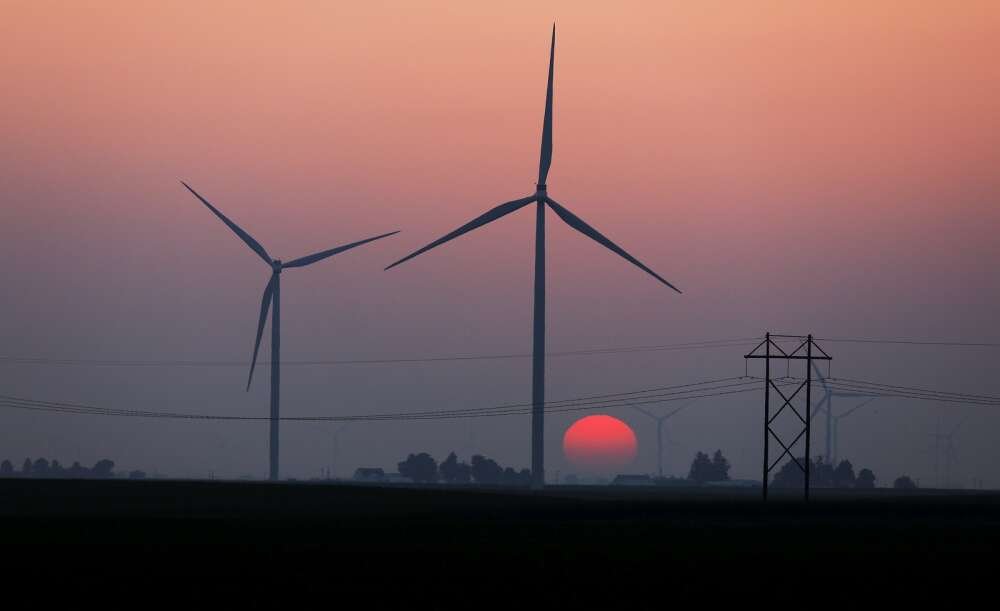
Selected Works
-

2022 Ag Census: Five things to know about Iowa
The Gazette — Feb. 14, 2024
Among new data, ag experts are optimistic about increase in young farmers.
-

Iowa City woman builds community, support for people of color
The Gazette — Feb. 11, 2024
LaTasha DeLoach uses her roles across Johnson County to nurture networks and opportunities for people of color, especially Black women.
-

Legacy of 2023 drought plagues livestock producers this winter
The Gazette — Jan. 29, 2024
Across the state, ranchers have reported tight or insufficient feed levels following 2023’s low hay yields and poor hay quality. Many have had to buy more hay to supplement their own stocks, with above-normal hay prices cutting into their bottom lines.
-

Ripple Effects: Have 10 years of the Nutrient Reduction Strategy made a difference in Iowa?
The Gazette — Dec. 2023
In this three-part Gazette series, I explored 10 years of data to see what progress — if any — Iowa has made toward its nitrogen and phosphorous reduction goals.
-

How much did extreme weather cost Iowa in 2023?
The Gazette — Dec. 17, 2023
As extreme weather grows more extreme with climate change, it costs our economies, communities and personal health.
-

EPA forcing Minnesota to address farm pollution. Is Iowa next?
The Gazette — Nov. 17, 2023
Private wells in Minnesota are facing nitrate contamination that must be addressed. Iowa is no stranger to these water quality issues.
-

Skilled trades workers and apprentices bolster Iowa’s clean energy boom
The Gazette — Nov. 12, 2023
Bolstered by federal funding, the future of clean energy looks brighter than ever in the Hawkeye State. But it needs more workers. That’s where registered apprenticeship programs and their “earn while you learn” models come into play.
-

ISU study: Nitrate pollution disproportionately impacts Iowa’s vulnerable populations
The Gazette — Nov. 3, 2023
Low-income communities, people of color, children and older people are more likely to be exposed to elevated nitrate levels, unpublished Iowa State University research finds.
-
Muslim Iowa City woman empowers her community through inclusive books
The Gazette — Nov. 5, 2023
Viana Qadoura tackles a 1,000 Book Nook project at the Al-Iman Center.
-

Report: Climate change making crop failures even more costly to insure
The Gazette — Nov. 1, 2023
A new report finds the federal government is spending billions on crop failures caused by extreme weather — and it’s growing only more expensive.
(A Mississippi River Basin Ag & Water Desk story.)
-

Hundreds of deer fall to Iowa’s most widespread outbreak of epizootic hemorrhagic disease
The Gazette — Oct. 26, 2023
The most widespread and third-most severe outbreak on record of a disease transmitted by biting flies is plaguing Iowa deer this fall.
-

Crops and solar intersect as Iowa’s first agrivoltaics project prepares to power up
The Gazette — Oct. 20, 2023
Collaboration between Iowa State University and Alliant Energy is the first utility-scale agrivoltaics project in the Midwest.
-
A rural Iowa town is the driest it has ever been. It’s running low on water.
The Gazette — Oct. 16, 2023
Belle Plaine is scraping the bottom of its water reserves and is searching for reprieve and solutions. It’s not the only Iowa town suffering amid the record drought.
-

Eastern Iowa crops and livestock suffer through one of the driest summers on record
The Gazette — Sept. 24, 2023
Crop yields likely to take a hit, although impacts vary field to field.
-

Why Iowa farmers are turning to irrigation during drought. And why some are not.
The Gazette — Sept. 15, 2023
Irrigation is slowly but surely gaining ground in Iowa. It comes with some drawbacks to consider.
-

Air conditioning isn’t required in Iowa rental units. Should it be?
The Gazette — Sept. 10, 2023
In a changing climate, when extreme heat spells may come more frequently, no air conditioning could be problematic.
-
Iowa initiatives promised $4.3 million to make farming more accessible for underserved producers
The Gazette — Sept. 5, 2023
The funding is part of $300 million from a USDA program intended to support underserved producers and landowners.
-
Air conditioning is a life saver in extreme heat. What if you don’t have it?
The Gazette — Aug. 24, 2023
Some resources are available for cooling assistance in Iowa, but they aren’t widely known.
-
Iowa City musician unites South District by amplifying multicultural music
The Gazette — Aug. 4, 2023
His business, Natural Talent Music, organizes diverse entertainment acts for venues and events in Iowa City and Cedar Rapids.
-
Extreme heat leaves Cedar Rapids homeless community vulnerable, defenseless
The Gazette — July 29, 2023
They say they need more help to protect against heat-related illnesses.
-
Nature’s Alarm: A series exploring Iowa’s endangered and threatened wildlife
The Gazette — July 16, 2023
On the 50th anniversary of the Endangered Species Act, The Gazette is delving into some of Iowa’s own at-risk species with a seven-part series.
-
Breaking barriers: Women-led organizations empower Iowa's female farmland owners
The Gazette — June 25, 2023
Advocates: More work needed to close gender gap in education and resources.
-
Lost in translation: How USDA barriers leave immigrant farmers and ranchers behind
The Gazette — May 21, 2023
Federal agriculture funding is a vital resource, but immigrant producers face language and cultural obstacles to benefiting from it.
(Translated into Spanish. Republished in several outlets, including the Milwaukee Journal Sentinel, Wisconsin Watch and Investigate Midwest.)
-
Indigenous woman leads Great Plains Action Society from Iowa City
The Gazette — May 7, 2023
Sikowis Nobiss was born and raised in Canada, but now she’s heading support for Indigenous communities in Iowa and beyond.
-
Iowa businesses persevere despite the flooding Mississippi River
The Gazette — May 1, 2023
Barge traffic stalled, establishments submerged, operations delayed — but businesses still forge ahead.
-
‘It’s scary’: Eastern Iowa communities battle rising Mississippi River
The Gazette — April 27, 2023
Upstream snowmelt is making the Mississippi River flood; crests expected to reach top-three historic records in some towns.
-

Twister trends: the past, present and future of tornadoes in Iowa
The Gazette — April 16, 2023
Experts see ‘a mixed bag’ in Iowa’s future, probably with more derechos.
-

Inflation Reduction Act creating ‘uptick’ in interest for Iowa solar
The Gazette — April 9, 2023
Number of interested customers has increased between 10 percent and 100 percent, depending on the company.
-

USDA programs support conservation in Iowa. They may be underfunded.
The Gazette — March 24, 2023
Report highlights low program acceptance rates across the country, although Iowa officials say state is in better shape.
-

The Bird Nest Detectives
Bay Nature — March 22, 2023
Century-old bird nests help scientists time-travel to San Francisco Bay’s lost plant communities.
(Published in Bay Nature’s spring 2023 print issue.)
-

Where does your drinking water come from?
The Gazette — March 19, 2023
The Gazette researched where Iowans get their water, how it is or isn’t treated, and threats to the vital resource.
-

What is environmental justice?
The Gazette — March 3, 2023
A UI associate professor and Iowa City small farm owner explain the topic and its place in Iowa.
-

Marion’s hard water: unsafe or inconvenient? What residents should know.
The Gazette — Feb. 24, 2023
The water is drawn from deep aquifers, is rich in nutrients and has perplexed Marion residents for years.
(Republished in La Crosse Tribune, KIMT and The Des Moines Register.)
-

Pumping Mississippi River water West: pipe dream or solution?
The Gazette, the Associated Press — Feb. 1, 2023
Such projects are possible, but face high costs and uphill political battles.
(A multimedia collaboration with the AP Climate Desk. Republished by dozens of outlets, including the Washington Post and the Minnesota Post.)
-

Here’s what you need to know about ‘forever chemicals’ in Iowa
The Gazette — Jan. 29, 2023
Learn how Iowa is combating PFAS chemicals — and how you can help keep your water safer.
-

Is Iowa’s newest turbine blade recycling method eco-friendly?
The Gazette — Jan. 20, 2023
Although many of the details are still under wraps, some experts say the company’s announcement is a step in the right direction for making wind energy more green.
-
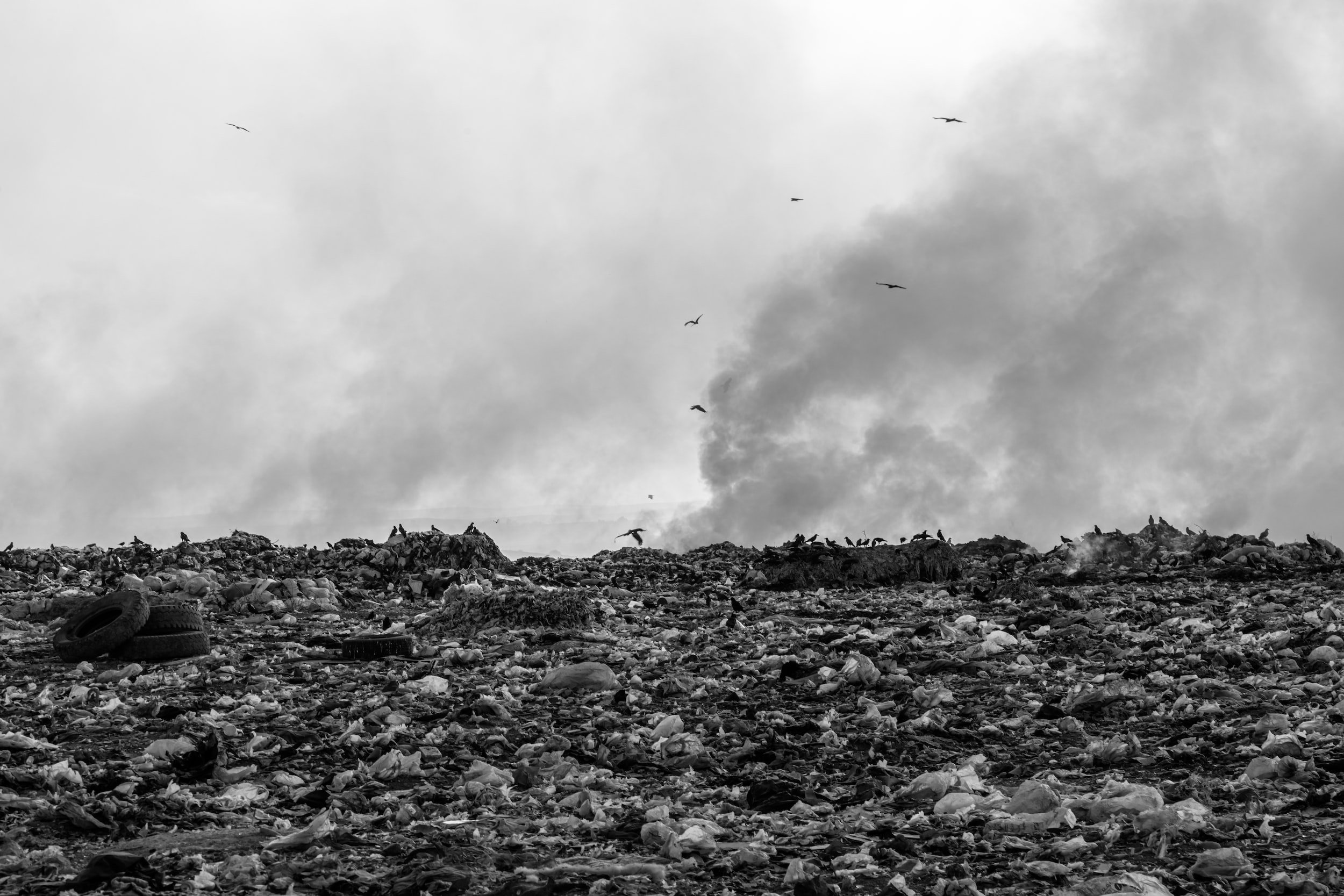
From waste to resources: Where Linn County trash could end up by 2044
The Gazette — Dec. 23, 2022
With an impending landfill closure date, the Solid Waste Agency is narrowing down its search for options.
-
Is Cedar River segment impaired for nitrate? Experts disagree
The Gazette — Dec. 4, 2022
Iowa DNR says it isn’t, but water quality experts skeptical.
-
End of an era for Alliant’s Lansing coal-fired power plant
The Gazette — Nov. 27, 2022
The facility’s retirement is scheduled for the end of 2022.
(Republished in The Quad-City Times, The Sioux City Journal, KTTC and more.)
-
Iowa DNR says Cedar River water quality plan isn't necessary, experts disagree
The Gazette — Nov. 6, 2022
This marks the first time the DNR has proposed to withdraw such a plan.
-

Making room for the river: Communities look to nature-based solutions
The Gazette — Oct. 10, 2022
With rivers pushed to the brink, some municipalities are shifting away from mitigation to make room for the water.
(Collaboration with the Ag & Water Desk. Republished in The Star Tribune, The Post and Courier and more. Adapted for NPR.)
-
Voluntary measures may not be enough: Bacteria and algae plague Iowa beaches
The Gazette — Oct. 2, 2022
The Gazette and Investigate Midwest analyzed 20 years of beach monitoring data from the Iowa Department of Natural Resources.
(Collaboration with Investigate Midwest.)
-
Research seeks ways to grow solar and crops together
The Gazette — Sep. 9, 2022
Solar is key to reducing greenhouse gas emissions, but rural residents and towns are pushing back against what they see as industrialization.
(Republished in the Indianapolis Star, Wisconsin Watch, The Lens New Orleans, Energy News Network and more.)
-
Sound, studies and snacks: How Iowa is tackling invasive carp
The Gazette — Sept. 2, 2022
Species was introduced in U.S. in 1970s and has since spread to rivers across Iowa.
-
Dying ash trees can be dangerous, expensive for private landowners to remove
The Gazette — Aug. 23, 2022
No state or federal assistance programs in place to help private landowners remove insect-infested trees.
(Republished in Quad City-Times, Sioux City Journal, KMTV, Times Republican, and more.)
-
Cedar Rapids replanting at homes after derecho grows roots
The Gazette — Aug. 7, 2022
Organizations are using more grassroots efforts to plant trees, and many residents taking the initiative since the Aug. 10, 2020, derecho.
-
Polka-dotted and damaging: New invasive insect spotted in Iowa
The Gazette — July 26, 2022
The spotted lanternfly could threaten grape, orchard, nursery and logging industries.
-
Summer heat brings energy concerns to the Midwest
The Gazette — July 22, 2022
But Iowa’s role within an expansive power grid helps protect it from rolling outages and blackouts.
-

Racism drives environmental inequality — but most Americans don’t realize
Nature — June 14, 2022
Survey finds that most people think poverty is why pollution disproportionately affects Black people, despite evidence that racism is the major cause.
(Republished in Scientific American.)
-

How smart windows save energy
Knowable Magazine — June 8, 2022
Specialized glass that keeps heat in during winter and lets it out during summer could make buildings much more efficient — if costs and complexities don’t get in the way.
(Republished in Smithsonian Magazine.)
-

Why unprecedented bird flu outbreaks sweeping the world are concerning scientists
Nature — May 26, 2022
Mass infections in wild birds pose a significant risk to vulnerable species, are hard to contain and increase the opportunity for the virus to spill over into people.
(Republished in Scientific American.)
-

Women are under-represented in economics globally
Nature — April 13, 2022
They occupy fewer top positions at leading economics institutions than men, and are more likely to leave the profession early.
-

Cochineal, a red dye from bugs, moves to the lab
Knowable Magazine — March 25, 2022
Carminic acid is a bright, natural coloring used in some cosmetics and foods. It’s traditionally sourced from ‘farming’ an insect on acres of prickly pears. Today, scientists are moving to engineer it in microbes.
(Republished in Smithsonian Magazine and Inverse.)
-
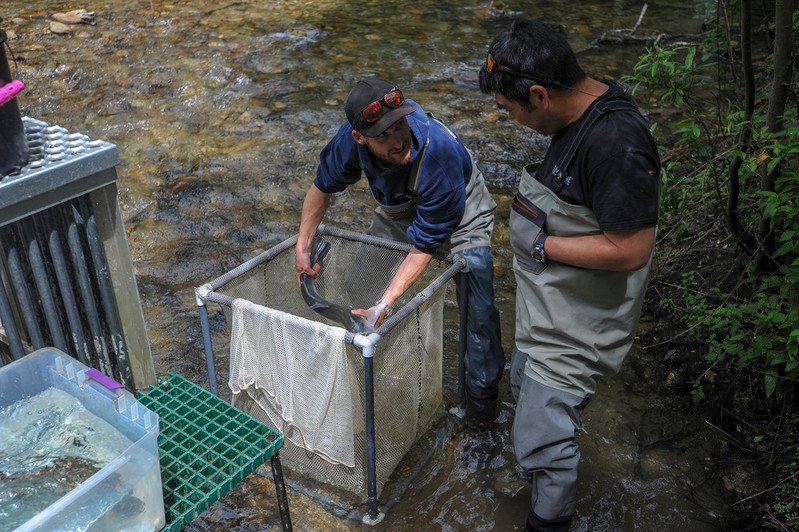
Environmental DNA reveals the secrets of a California creek and beyond
The Mercury News — Dec. 26, 2021
“We call this a microbiology lab in a can,” said Jim Birch, director of the SURF center at the Moss Landing-based Monterey Bay Aquarium Research Institute.
(Republished in The Monterey Herald and The Santa Cruz Sentinel.)
-
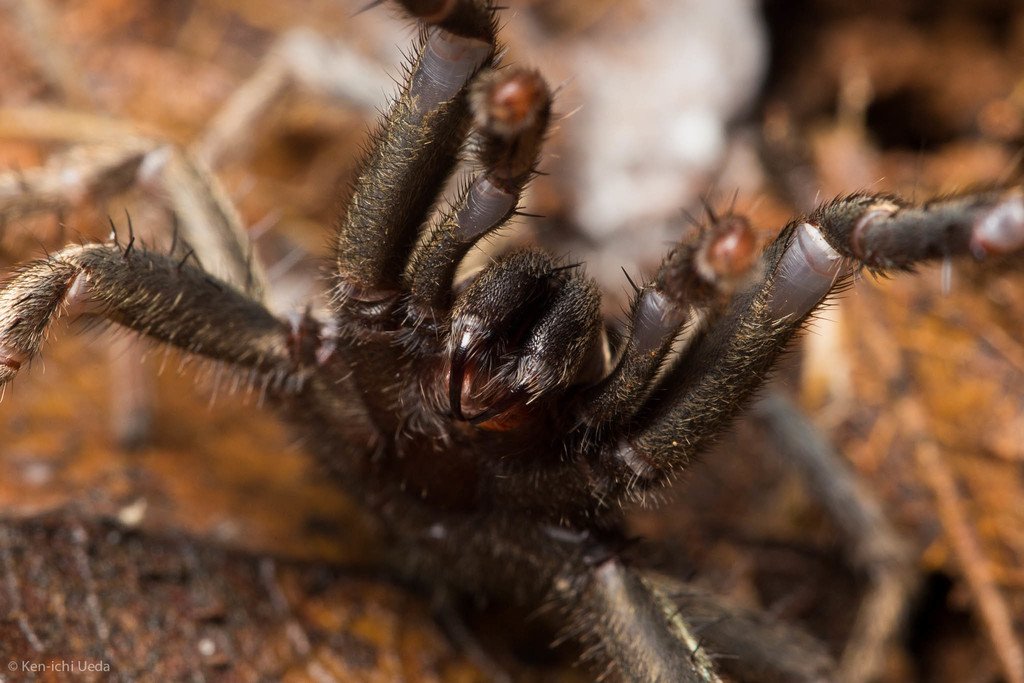
We Urgently Need More Information about Spiders, as Climate Change Means New Risks for Them
Bay Nature — Dec. 15, 2021
As temperatures rise and ecosystems change, spider scientists still lack basic information about California arachnids.
-

Crowdsourced Science Helps Map Vancouver’s “Smellscape”
Eos — Dec. 14, 2021
Exposure to stinky odors can affect human health, but quantifying smells can be difficult.
-
Insects and other invertebrates on tropical islands face challenges as development and tourism expand
Mongabay — Nov. 29, 2021
On the Lhaviyani atoll in the Maldives, populations of insects, crabs, spiders and other invertebrate species in these tropical havens have probably suffered from growing human intrusion.
-

Ventana Wildlife Society is rebuilding its Big Sur Condor Sanctuary from the ashes
The Monterey Herald — Nov. 21, 2021
More than a year after the Dolan Fire decimated its facilities, the Ventana Wildlife Society is finally picking up the burned pieces and rebuilding on the ashen ground.
(Republished by The Mercury News.)
-

New decision will help protect leatherback turtles but won’t save their falling populations
The Monterey Herald — Nov. 7, 2021
Recent legislation labels leatherback sea turtles as “endangered” under the California Endangered Species Act. But while it adds another slab of security for these aquatic reptiles, it won’t wholly revitalize their numbers.
(Republished by The Mercury News and The East Bay Times.)
-

Not waste, but a resource: Food remnants can be put in with yard clippings starting Jan. 1
The Monterey Herald — Oct. 23, 2021
For those living in the area, that means yesterday’s meal could become tomorrow’s compost through that forest-green can parked in your driveway.
-

Not waste, but a resource: More efficient food recovery faces infrastructure challenges
The Monterey Herald — Oct. 23, 2021
By diverting the fate of edible leftovers, it could both reduce methane emissions from landfills and help lower statewide food insecurity. But this increased diversion comes at a cost.
-

Monterey County Historical Society: Preserving history a costly adventure
The Monterey Herald — Oct. 11, 2021
A warehouse became the dominant storage facility for a society’s collection of historical artifacts. And soon, construction will transform that space once more with a new library and accompanying museum.
-

Sieged by Suburbia
The Marjorie — Dec. 22, 2020
Brittney Miller grew up in Sanford, Florida, where she watched as some of the natural spaces she loved were slowly devoured by encroaching development. As an environmental advocate raised by suburbia, Miller works to rectify this dynamic juxtaposition.
-

Hurricane Sally Carved New Possible Nesting Sites For Endangered Shorebirds
WUFT News — Oct. 27, 2020
The graves for destroyed wild plants present perfect nesting sites for the region’s shorebirds.
(Republished by more than 65 publications nationwide, including the Associated Press and the U.S. World & News Report.)
-

Latest Tally Shows Millions Of Dollars In Damage To 24 Florida Parks From Hurricane Sally
WUFT News — Oct. 8, 2020
Weeks after Hurricane Sally made landfall, the latest figures put damages to state parks in the region at roughly $2.5 million.
(Republished by the Gainesville Sun and WUSF News.)
-

The Rise and Fall of the Miami Blue Butterfly
UF Thompson Earth Systems Institute — October 2020
A story once thought to have written its last chapter, the rise and fall of the Miami blue butterfly highlights an extreme local example of global insect decline. But ongoing research efforts prove there’s still hope for this butterfly.
-

-

Alachua County Recycling Efforts Persevere Despite Declining Market
WUFT News — Jan. 15, 2020
Alachua County had a recycling rate of 68% in 2018. But the waste department continues to educate residents about recycling since the market is down.
-

Alachua County Bracing For Severe Flu Season
WUFT News — Oct. 30, 2019
Alachua County Health Department officials are urging residents to get their flu vaccines in preparation for what they say could be a highly active flu season.
-
Alachua County Reacts To Declining Bird Numbers In U.S. And Canada
WUFT News — Oct. 14, 2019
The U.S. and Canada have seen bird numbers drop by 3 billion in 48 years, according to a Cornell lab study.








